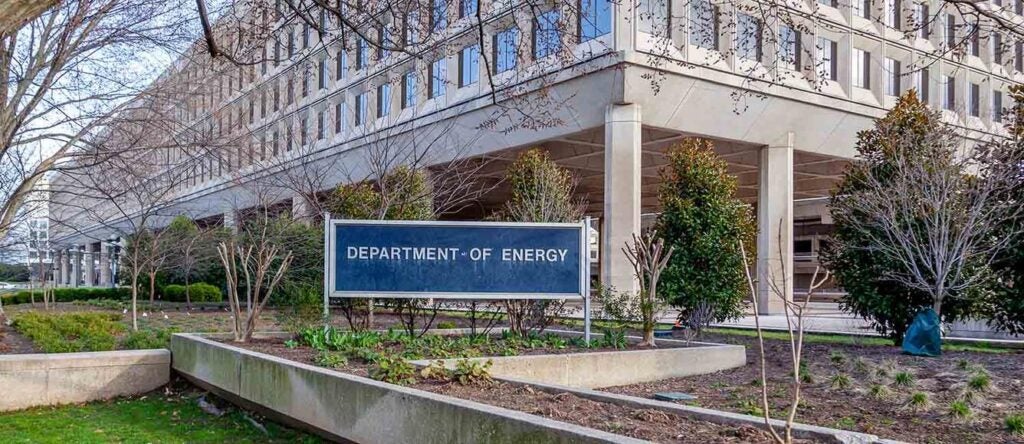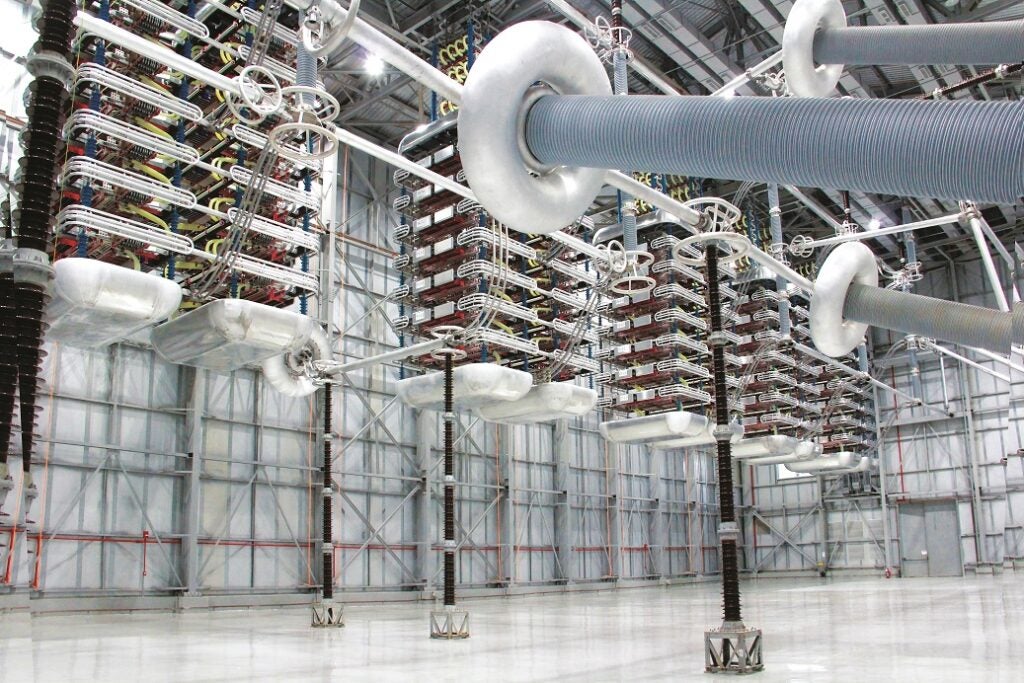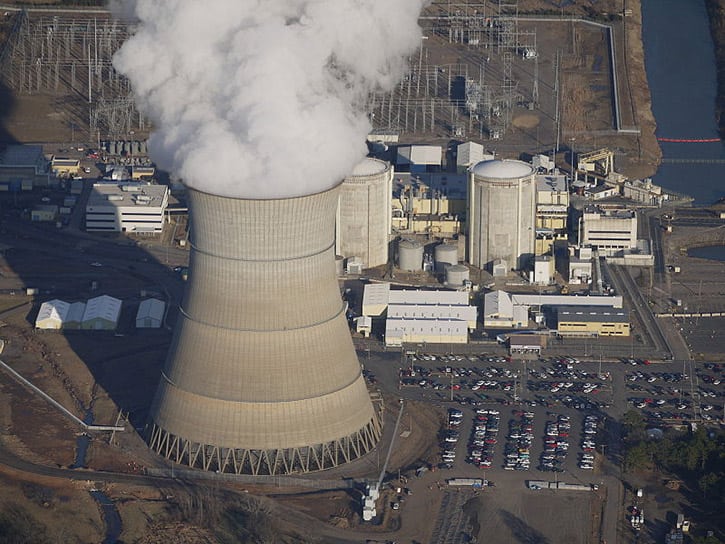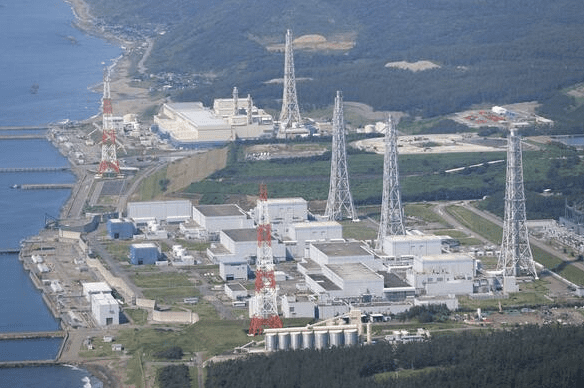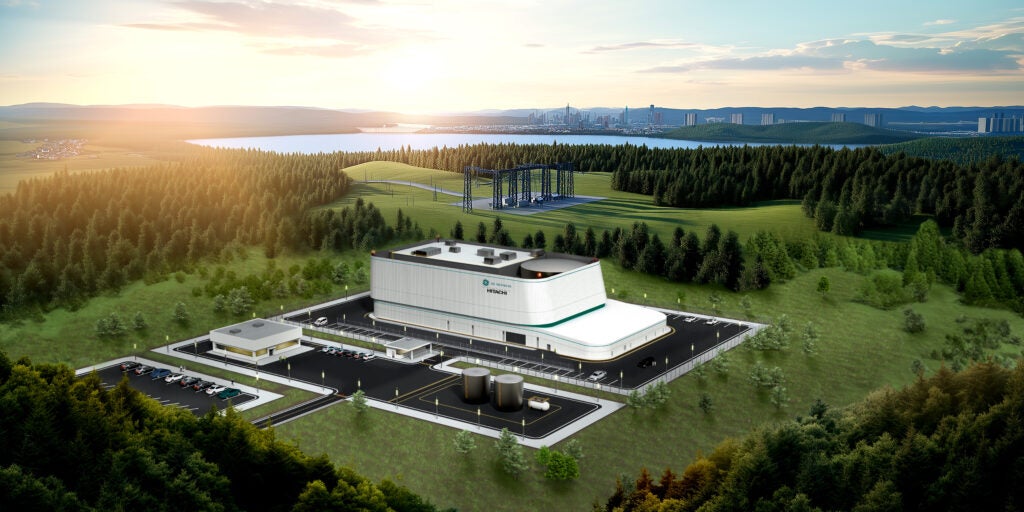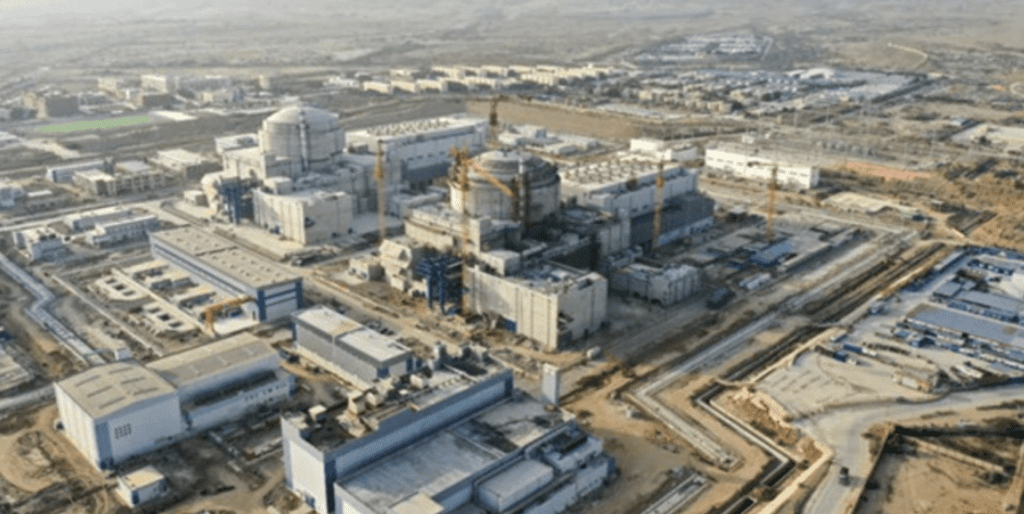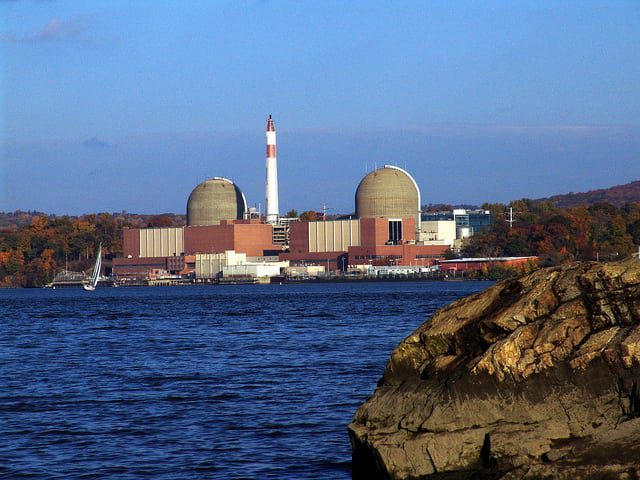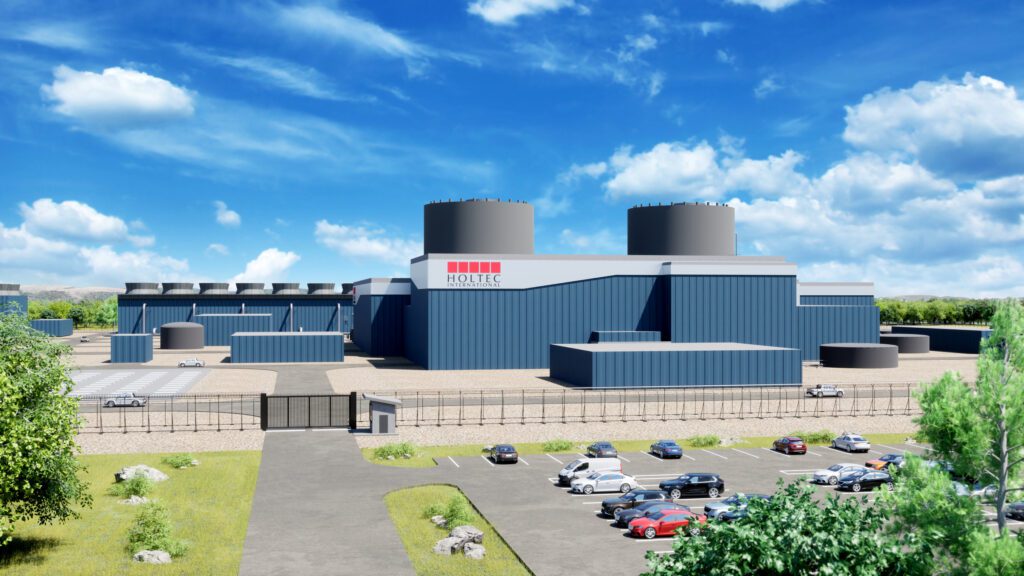
New York Gov. Kathy Hochul said the state is ready to build a utility-scale nuclear power plant and would seek funding from the private sector to make it a reality.
The governor on June 23 provided some details about the project, saying it likely would be located in an upstate location. Hochul said a new facility would generate about half as much power as Indian Point, the 2-GW nuclear power station that was closed in 2021. Indian Point was located about 25 miles north of New York City. Hochul said a new 1-GW nuclear plant would provide needed power to help the state avoid energy shortages and rolling blackouts that have impacted other states.
“As New York State electrifies its economy, deactivates aging fossil fuel power generation and continues to attract large manufacturers that create good-paying jobs, we must embrace an energy policy of abundance that centers on energy independence and supply chain security to ensure New York controls its energy future,” said Hochul. “This is the second time during my administration that I am calling on the New York Power Authority [NYPA] to lead a critical energy initiative, and just as it is doing with the expedited buildout of renewable energy and transmission, it will now safely and rapidly deploy clean, reliable nuclear power for the benefit of all New Yorkers.”
Plant Vogtle in Georgia, which completed a two-unit expansion in 2024, is the last new utility-scale nuclear power station built in the U.S. The project endured numerous construction delays and cost overruns. It was the first new major U.S. nuclear power project built in about 30 years. The project received POWER’s Plant of the Year award in 2024.
Hochul said safety would be “at the forefront” of any new project, and also noted any facility would have to meet strong environmental standards. The governor said, “This is not your grandparents’ nuclear reactor. You’re not going to see this in a movie starring Jane Fonda,” referencing the “China Syndrome,” a 1979 movie about an incident at a nuclear power plant.
There were 94 operational nuclear reactors in the U.S. in 2024, according to the U.S. Energy Information Administration (EIA). Those reactors, at 54 separate power plants, have a total generation capacity of about 97 GW, according to EIA. The U.S. fleet is the largest commercial nuclear power fleet worldwide in terms of operating reactors and generation capacity.
Nuclear accounts for about 19% of the U.S. power supply, though that is down about 4% from its peak in 2012. A dozen reactors have closed since 2013.
Nuclear Supplies One-Fifth of State’s Power
New York receives about 20% of its electricity from nuclear power, from three nuclear power plants—Ginna, Nine Mile Point, and FitzPatrick—that are located on the south shore of Lake Ontario and are owned and operated by Constellation.
Mike Granowski, a partner in Roland Berger’s Energy and Utilities team, told POWER a Generation III+ light water reactor located near Lake Ontario is the most likely design for a new reactor, with a location near Lake Ontario a likely site.
Granowski said the reactor would probably be an AP1000—the Westinghouse reactor technology in use at Plant Vogtle—since that design already has been approved by the Nuclear Regulatory Commission (NRC). Granowski said a secondary option would be the GE Hitachi BWRX-300, a small modular reactor (SMR) with 300 MW of generation capacity. The SMR is scalable, and in a four-pack configuration would collectively be on par in terms of megawatt generation to the AP1000, according to Granowski.
Hochul on Monday said officials have started identifying potential “host communities” for the new plant, though no possible locations were named. “Everybody’s raising their hand right now,” said Hochul. “It’s going to be hard to decide.”
Then-New York Gov. Andrew Cuomo led efforts to close Indian Point. Cuomo said having a nuclear power plant close to a population center like New York City defied “basic sanity.” The closure of Indian Point meant the state had to increase its reliance on fossil fuel-burning power plants to supply needed electricits. It led the New York Independent System Operator, or NYISO, which operates the state’s power grid, to delay plans to close some older natural gas-fired power plants serving the region.
The NYPA in a news release Monday said the agency, “in coordination with the Department of Public Service, would seek to develop at least one new nuclear energy facility with a combined capacity of no less than one gigawatt of electricity, either alone or in partnership with private entities, to support the state’s electric grid and the people and businesses that rely on it.”
NYPA President and CEO Justin E. Driscoll said, “Time and time again, the Power Authority has been called upon by New York State leadership to take bold action and we have delivered outcomes to support the public good. I am honored by Governor Hochul’s confidence in NYPA to lead the buildout of the affordable and reliable clean energy economy of the future and we are eager to deliver on this impactful nuclear initiative for New Yorkers.”
Rory Christian, New York State Public Service Commission Chair and DPS CEO, said, “The Department of Public Service very much looks forward to working with NYPA on this important initiative announced by Governor Hochul. Working together, we will develop a project-based plan and identify the substantial potential that nuclear power can provide to New Yorkers to reduce greenhouse gas emissions, provide grid reliability, and support and complement other innovative energy generation and storage technologies–all in a cost-effective manner.”
Support for New Nuclear
The federal government expressed support for the U.S. nuclear power industry in May when President Trump signed four executive orders designed to boost the sector. The orders noted that advances in artificial intelligence (AI) and other energy-intensive industries, including data centers, would increase the nation’s demand for electricity. The orders called for policies that would increase U.S nuclear power generation from about 100 GW today, to 400 GW by 2050.
The president called for reforms to the NRC related to licensing of nuclear power technology. That includes an 18-month deadline for licensing the construction and operation of new reactors, and a process for high-volume licensing of microreactors and modular reactors. The NRC must issue notices of proposed rulemaking within nine months, with final rules in place within 18 months. The administration said the NRC should consider the benefits of increased availability of nuclear power to the U.S. economy and national security, in addition to health, safety, and environmental considerations.
New York’s move comes after other states said they would look at nuclear technology to increase their power supplies. Texas lawmakers recently passed legislation for a $350-million fund to build new reactors in that state. Companies also are working to restart closed reactors in Michigan and Pennsylvania.
Hochul was New York’s lieutenant governor when Indian Point was closed. She has criticized Cuomo for not having a plan to replace that facility’s generation. Indian Point at times supplied about 25% of the electricity used by New York City. Hochul has said she has met with President Trump and discussed changes to the NRC to streamline its permitting and licensing policies.
Constellation and the New York State Research and Development Authority in January of this year moved to seek federal funding in an effort to obtain permits for one or more advanced reactors at the Nine Mile Point Clean Energy Center in Oswego. The NYPA on Monday said the new “initiative also builds on the State’s ongoing financial support to Constellation to pursue an early site permitting process for a new project at its Nine Mile Point Clean Energy Center and will allow for future collaboration with other states and Ontario, building on regional momentum to strengthen nuclear supply chains, share best practices, and support the responsible deployment of advanced nuclear technologies.”
—Darrell Proctor is a senior editor for POWER.


